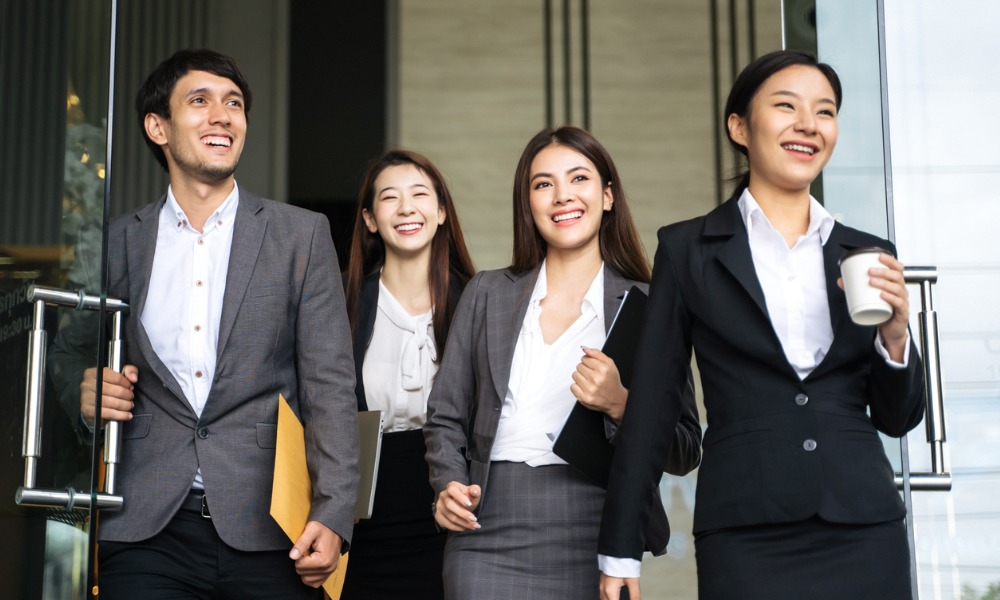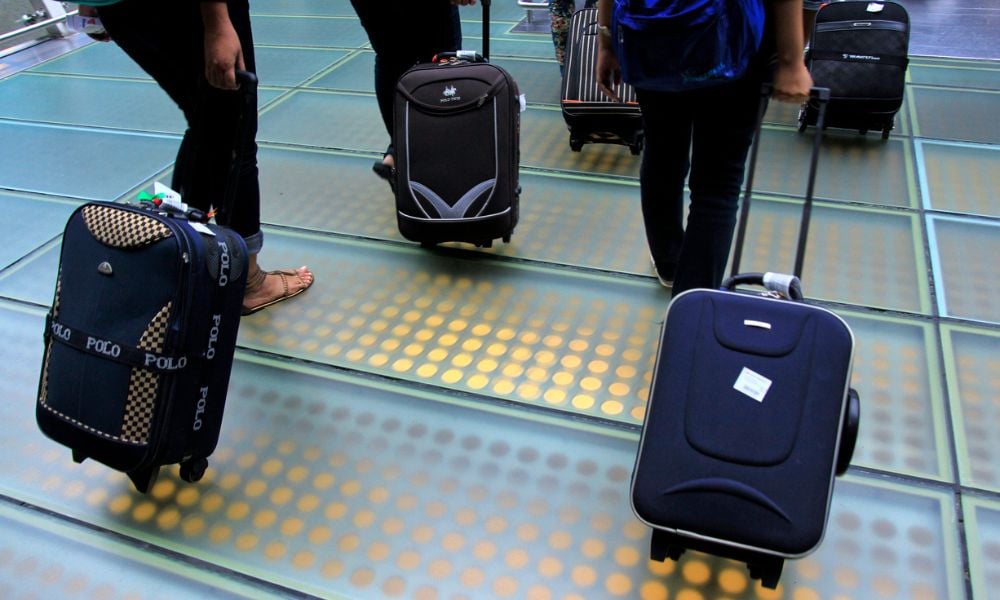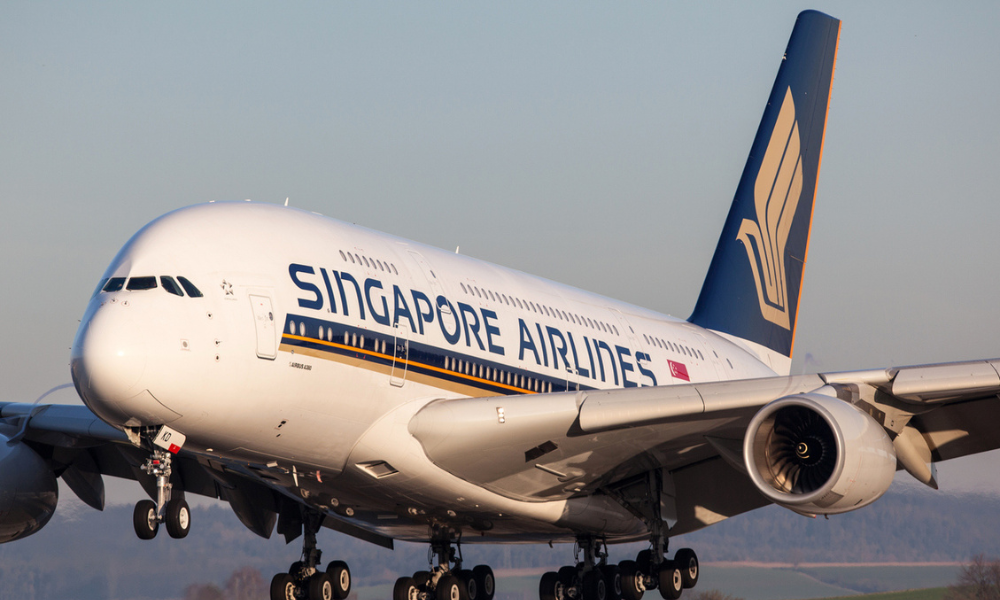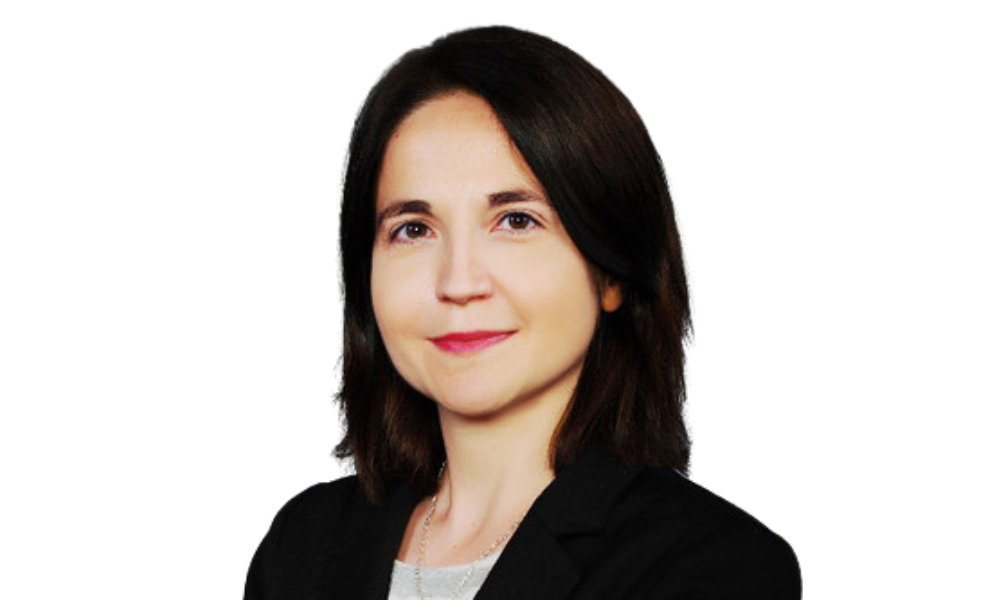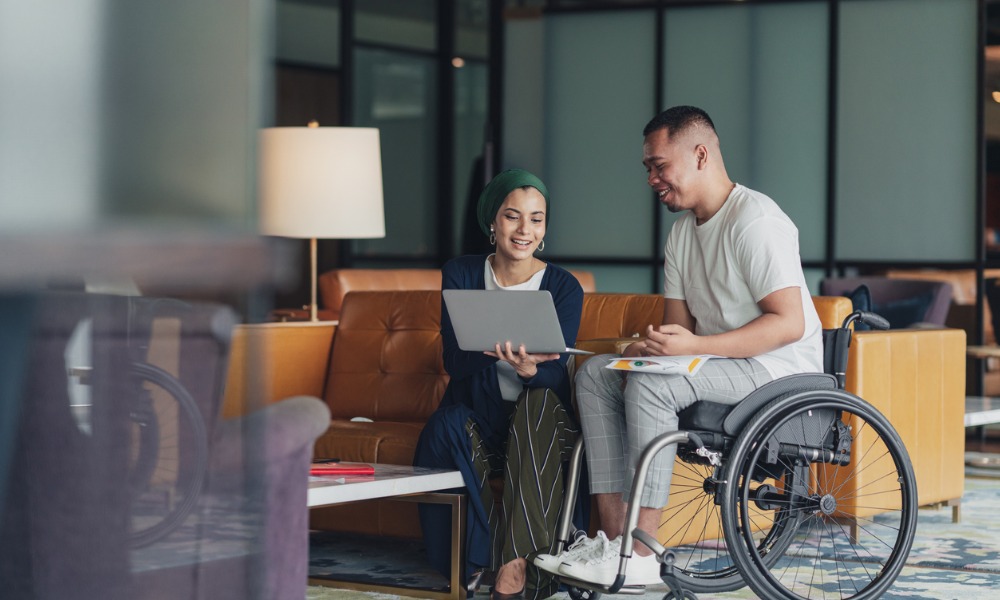Armaan Seth of Syngenta describes the company's award-winning wellness program for a hybrid workplace
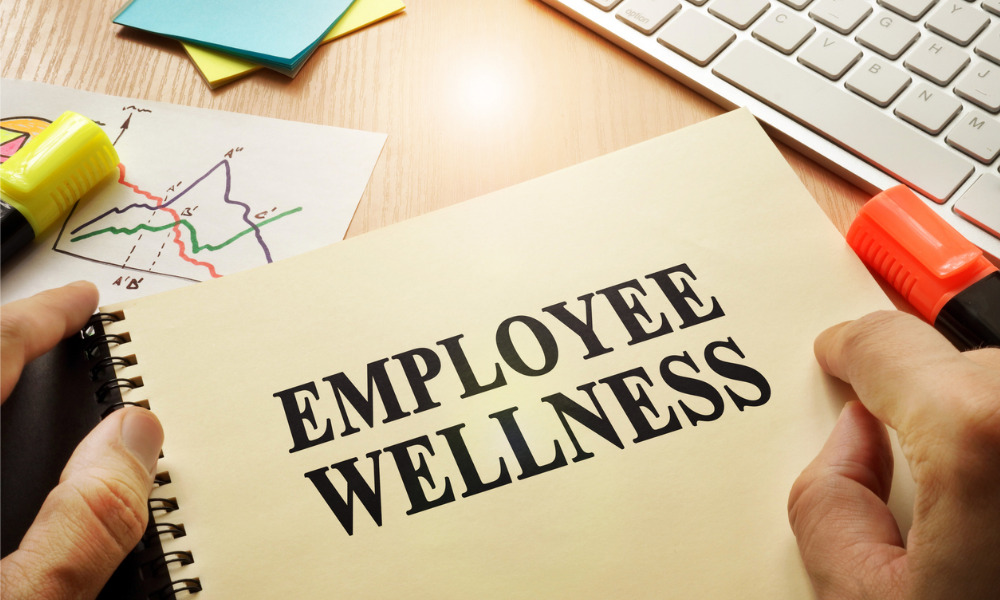
As a global agricultural technology company that aims to ensure food security while protecting the planet, Syngenta keeps the wellness of its employees as a key pillar of its operations. The past year’s developments in this area have enabled Sygenta’s Asia-Pacific office to receive an Excellence Award for Best Health and Wellbeing Program at the HRD Awards Asia.
In this interview, Armaan Seth, head of HR at Syngenta Asia-Pacific, describes the qualities that make the company’s health and wellbeing program worthy of recognition. He says that designing an effective wellness program involves considering the complexities of a hybrid workplace and making sure that employees have a good experience, whether they work in the office, at home, or in a coffeeshop in their hometown. Listening to employees is the first step in customising a wellness program that responds to their needs.
Syngenta Asia-Pacific’s wellness program consists of social, financial, mental, and physical dimensions, which Seth sums up as a 360° approach that considers the varying needs of different employees.
“[A] program for someone early in their career could look quite different from [that of] someone who’s quite tenured and towards their retirement, because for them, it would be more focused around physical health and benefits. But for someone who has just joined an organisation, they’re probably looking for more around their mental wellness because they’re stuck at home [and] can’t go out to meet people and their colleagues. […] The element that we are still trying to capture here is ensuring that everyone experiences our wellness programs to the effect that they need to. So, it’s never a push from the organisation, but more a pull from the employee about what they need for the life stage that they’re at,” he says.
Although wellness programs had existed in companies even before the COVID-19 pandemic, they were mostly HR-driven, Seth says. Now, they are led by highly engaged employees and managers, and HR professionals mainly act as facilitators. In 2022, Seth expects the workplace to continue evolving along with the kind of people who work for the organisation.
“When it comes to work, it’s more about the content. How can we start looking at output rather than the whole process? When it comes to our people, [we’re] continuing to strengthen some of the programs that we already have across the four dimensions that I spoke about. It’s going to be quite interesting how companies evolve [and] come up with a wellness strategy.”
He adds that wellness programs could emphasise improvements in physical facilities, better social distancing measures and good air quality in the office, as well as treating people with respect.


